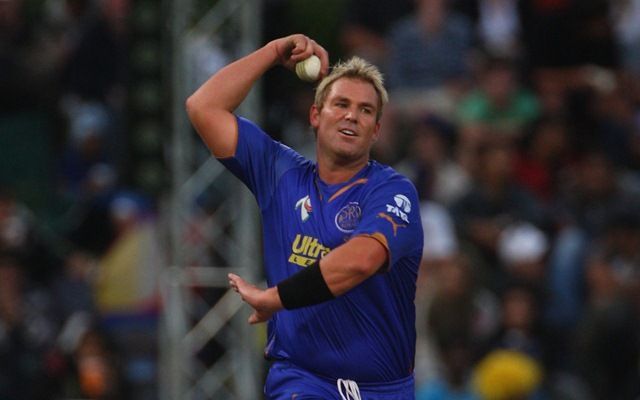
Top 5 leg-spinners in IPL history
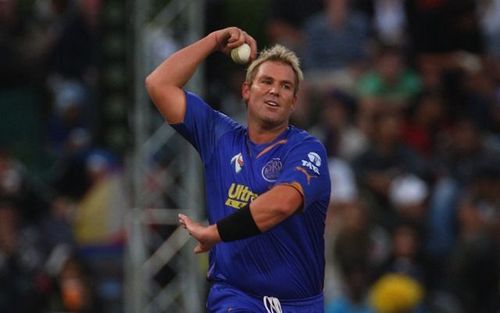
“The art of leg-spin is creating something that is not really there. It is a magic trick, surrounded by mystery, aura and fear,” the legendary Shane Warne wrote in his autobiography, ‘No Spin’.
Truly, the wicket-taking ability of a leg-spinner lies in the number of revolutions and the amount of flight the ball is given, but most importantly, how deceptively the bowler rotates his wrist.
To be fair, there is very thin line between a leg-spinner getting hit and picking up a wicket. And, in the T20 format, the margins are even finer.
While some leg-spinners have struggled to make it big, there are others who have left a mark in the history of the 12-year-old IPL (Indian Premier League). On that note, let us have a look at the top five leg-spinners in IPL history (in descending order of wickets).
Five best leg-spinners to have graced the IPL:
1. Amit Mishra (157 wickets in 147 matches)
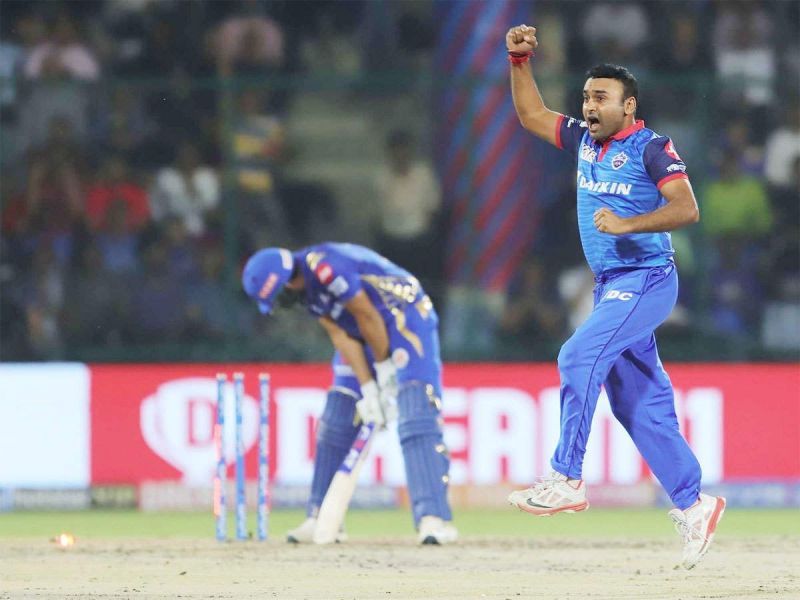
A man of short built, Amit Mishra is never afraid to toss his leg breaks and googlies right up to the batsman. He has a classical leg-spinner’s runup and action, so much so that you would identify him as one, even from a distance.
Having picked up 157 wickets as a leg-spinner in the IPL, which is generally a batsman-friendly competition, Amit Mishra has been a man for all seasons. Indeed, he has been a part of every single season in the IPL and remains the only bowler to have bagged three IPL hat-tricks.
The second-highest wicket-taker in IPL history started his journey with the Delhi Daredevils (DD) in the inaugural IPL and ticked a new box every year. He registered his best IPL figures of 5 for 17 in the very first season of the competition.
Mishra helped Delhi Daredevils (now called Delhi Capitals) finish first in the IPL in 2009, taking 14 wickets in 11 matches before becoming the second-highest wicket-taker with 17 wickets from 14 games in the 2010 edition of the competition. He took 42 wickets in 31 matches across three seasons for DD, before being picked by the erstwhile Deccan Chargers in the 2011 IPL auction.
The leg-spinner enjoyed a stellar first season with the 2009 IPL champions, picking up 19 wickets in 14 matches, including a magical 4 for 9 against Kings XI Punjab. Despite Mishra's heroics with the ball, the Chargers finished second from bottom in the IPL that season.
His best IPL season came for Sunrisers Hyderabad in 2013, when he claimed 21 wickets.
There was, however, a sudden dip in his performance after that season. Mishra's wicket-tally became less than the number of matches he played. That led to opportunities drying up, not just in the IPL but also in the national team.
Mishra returned to the Delhi Daredevils in 2015, but his returns in the IPL remained underwhelming. From 2014 to 2017, the Haryana leg-spinner took 39 wickets in 50 matches.
It was only in 2018 that the 37-year-old looked his usual self, picking up 12 wickets in ten matches. Along with the wickets, his strike rate, average and economy rates also improved. He snared 11 wickets at an outstanding economy rate of 6.75 in the 2019 IPL.
For the record, Amit Mishra has bowled the fourth-highest number of dot balls – 1,111 – and is only among three spinners in the list of top 20 bowlers with the most maiden overs in IPL history. That people still don’t merit him the praise he deserves is testimony to the fact that there is indeed some mystery attached to leg spinners.
2. Piyush Chawla (150 wickets in 157 matches)
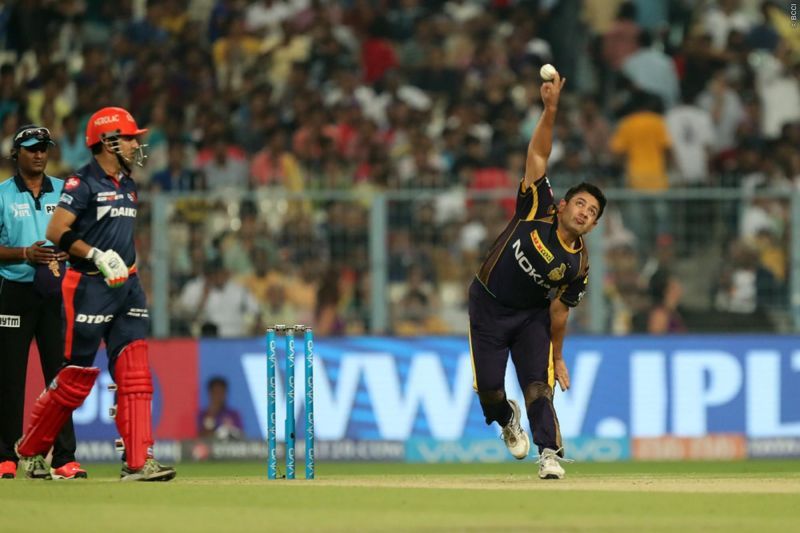
Only the second leg-spinner to have featured in all editions of the IPL, Piyush Chawla is very different from a traditional leggie. Sometimes pundits often confuse him with a ‘googly-bowler’ because he unleashes as many as four wrong’uns in a single over. But T20 cricket is all about innovation; what works for him may not be a success mantra for others.
The Uttar Pradesh leg-spinner embarked on his IPL journey with Kings XI Punjab and was an instant hit. He was the fourth-highest wicket-taker with 17 wickets in the inaugural edition of the IPL as the Punjab franchise finished second in the league.
Chawla's increasing success in the IPL also led to his national callup. He picked 16 wickets each in the 2011 and 2012 editions of the competition. But a poor show (11 wickets in 16 matches) in 2013 meant that Punjab released him from their roster. Nonetheless, Chawla boasts 84 wickets in 85 games for the Kings XI, across six seasons, tallying an impressive wicket per game.
The leg-spinner's KKR career started with a bang as he not only snared 14 wickets in the 2014 IPL season. He also hooked Mitchell Johnson for a six in the penultimate over of the final to help Kolkata Knight Riders to their second IPL trophy. But Chawla could not replicate his exploits in the subsequent seasons of the IPL. Except for wickets, all his other stats zoomed past normal.
Since 2014, Chawla has picked 52 wickets in 59 IPL games for the Kolkata outfit. In fact, his average and economy rate were as high as 39.9 and 8.96 respectively in 2019 IPL. Such consistently sub-par performances meant that KKR didn’t use the Right to Match (RTM) card for the leg spinner in last year’s IPL auction.
Economy rate and average have been a perennial problem for the 31-year-old, and to be fair, for all leg-spinners. But Piyush Chawla is not only the fourth-highest wicket-taker in IPL history, he has also bowled the fifth-highest number of dot balls – 1,109 – in the tournament.
Chawla will ply his trade with the Chennai Super Kings in IPL 2020. The ‘Yellow Army’ will hope that the Tahir-Chawla combo becomes a successful one.
3. Yuzvendra Chahal (100 wickets in 84 matches)
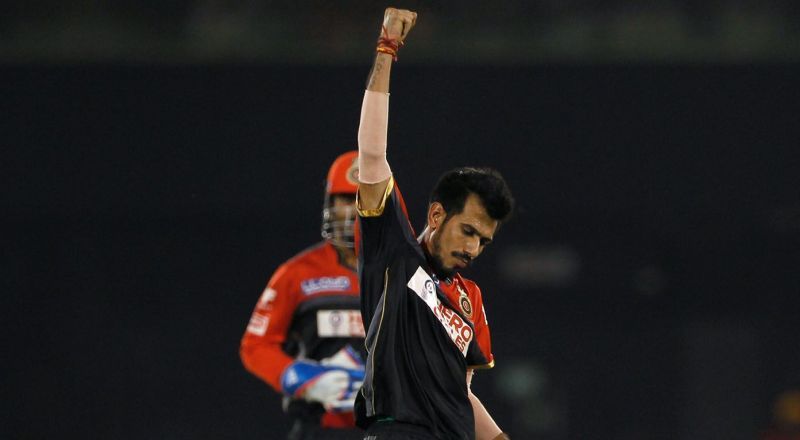
Another leg-spinner from Haryana, another successful bowler in the IPL, Yuzvendra Chahal has been an asset to Royal Challengers Bangalore, a side whose bowling lineup has been one of the weakest in the competition.
Not many know that Chahal was in the Mumbai Indians dugout from 2011 to 2013, but played only one IPL match during that period. He was, thus, even a part of the Mumbai franchise’s first IPL triumph. But his career only took off when the Royal Challengers Bangalore picked him up in the 2014 IPL auction.
Chahal picked up 12 wickets in his very first IPL season at the Chinnaswamy Stadium, and his subsequent returns only got better. The next season was Chahal’s best in the IPL as he finished as the third-highest wicket-taker with 23 wickets in 15 matches.
He was two wickets short of winning the purple cap in IPL 2016 as he bagged 21 wickets in 13 matches. Chahal’s efforts positively reflected on RCB’s performances as well as was evident in the Bangalore side finising third in the IPL in 2015 and runner-up in 2016.
Strong performances in consecutive years saw Chahal getting drafted into the Indian team in that year, and he is now a mainstay in the India blue.
Despite a short IPL career, Yuzvendra Chahal has the fifth best average – 23.18 – in tournament history, among players who have played a minimum of 40 matches. The 30-year-old also boasts of the fourth-best strike rate – 17.78 – in IPL history, among players who played have played at least 40 games.
Even though RCB finished last in two of the previous three IPL seasons, Chahal's form has been impressive during this period; he returned 44 wickets in 41 matches.
With the entire 2020 edition of the IPL set to be held in the UAE, Chahal will be trying to make the most of the slow wickets on offer and help RCB win their first silverware in the competition.
4. Imran Tahir (79 wickets in 55 matches)
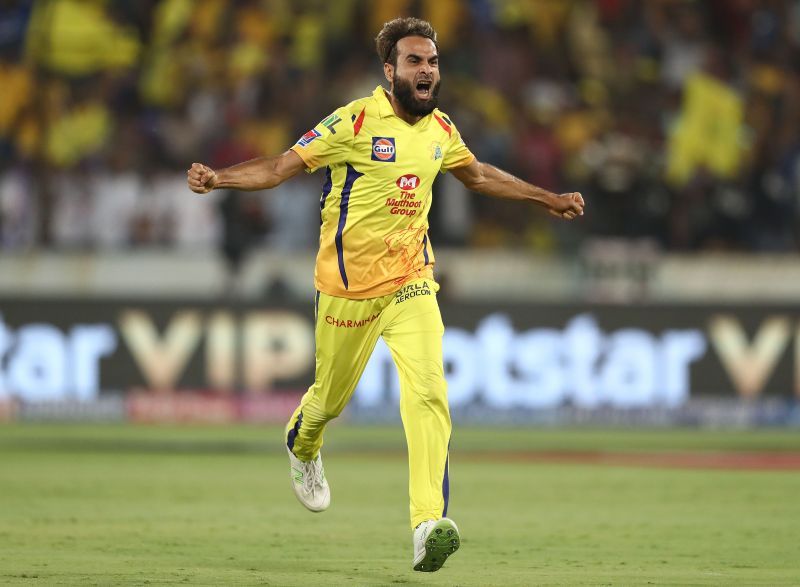
Another player who has had a short IPL career but has made a name for himself as a T20 specialist bowler not just in the IPL, but all around the world is Imran Tahir. He has been synonymous with impact, not just with his famous sprints after getting a wicket but also the manner in which he has been improving with age.
Not only late, the 41-year-old Tahir also had a slow start to his IPL career, picking up nine wickets in just six matches he played for the Delhi Daredevils in 2014.
The Feroz Shah Kotla was witness to more 100-metre dashes the next year, however, as Tahir picked up 15 wickets in 11 matches at an enviable strike rate of 14.20. Talking about strike rates, the South African has the second-best strike rate and average – 15.51 and 20.39 respectively – in IPL history, among players who played a minimum of 30 matches.
However, the return of Amit Mishra to the Delhi setup meant that Tahir played only four matches in the 2016 edition of the IPL. He then relocated to Rising Pune Supergiants in 2017 where he had an instant impact.
Tahir finished as the fifth-highest wicket-taker with 18 wickets in 12 games as RPS finished runner-up in the IPL that season. But the dissolve of the franchise meant that he joined hands with Mahendra Singh Dhoni and CSK to exploit the slow turners at Chepauk.
After playing just six IPL matches in 2018, he had his best-ever season in the next edition of the competition. Tahir became only the second spinner to win the IPL Purple Cap, scalping 26 wickets in 17 matches, as the Chennai Super Kings lost to Mumbai Indians in the final.
Imran Tahir had begun his short six-year IPL career in the UAE in 2014, and he would definitely look to strike gold when the tournament kickstarts in the same country on September 19 this year.
5. Rashid Khan (55 wickets in 46 matches)
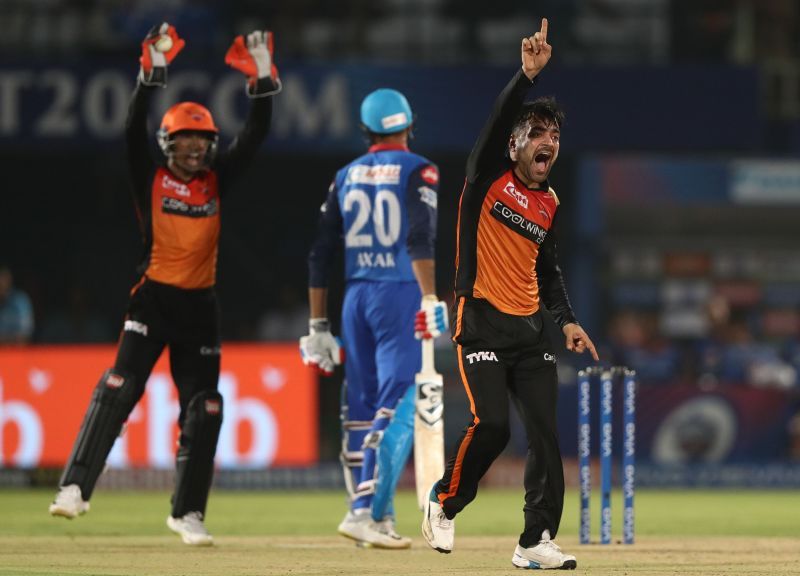
It is not a story of just another leg-spinner, but the story of a young man from Afghanistan who took the world by storm. But the world took notice of him only when he sprung a surprise with his fast, skiddy leg-spin and googly in the 2017 edition of the IPL.
Rashid took 17 wickets in 14 matches in the IPL that season as Sunrisers Hyderabad (SRH) finished fourth. He has since become the first name on the franchise's team sheet, and currently has the best economy rate – 6.55 – in IPL history, which is above the likes of Sunil Narine, Dale Steyn, Ravichandran Ashwin and Anil Kumble.
The youngster's best IPL season came in 2018 when he played a key role in SRH finishing runner-up. Rashid not only grabbed 21 wickets in 17 matches that season, but also played one of the finest knocks with the bat against Kolkata Knight Riders in Qualifier 2.
Coming into bat in the 19th over with Sunrisers Hyderabad reeling at 138 for 7, Rashid smashed 34 runs off ten balls to propel his side to 174 and eventually to the IPL final. That strike rate of 340 has made him the only bowler, among those who have faced a minimum of 10 balls in an innings, with the highest strike rate in an innings in IPL history.
The 21-year-old picked 17 wickets in the last edition of the IPL in 2019, doing so at a career-best economy rate of 6.28, Despite his exploits, the Hyderabad franchise again finished fourth. Nonetheless, during his brief 3-year IPL career, Rashid, who has ensured that Sunrisers Hyderabad have never failed to make the playoffs, will surely be aiming to go all the way in the UAE this season.